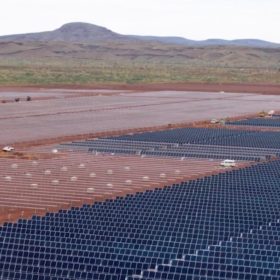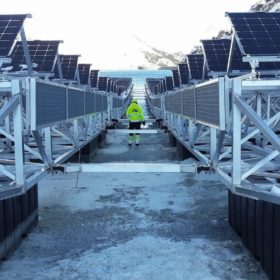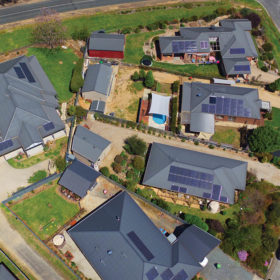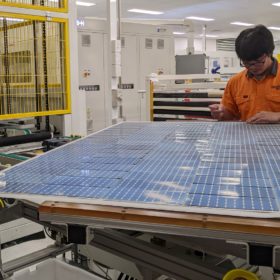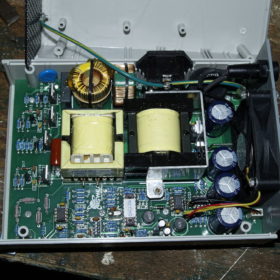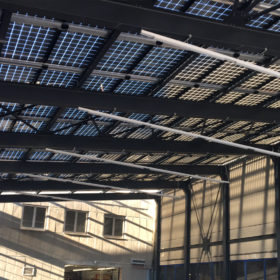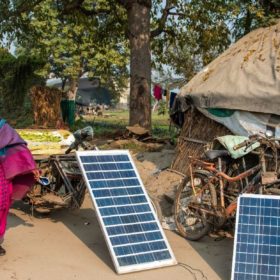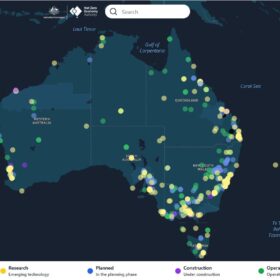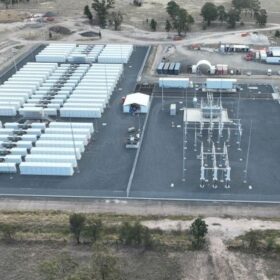Rio Tinto’s flashy new mine powered by 34 MW of solar
Resources giant Rio Tinto has officially opened what it is calling its most technologically advanced mine in the Pilbara region of Western Australia. The Gudai-Darri iron ore mine features a 34 MW solar farm capable of meeting one-third of the facility’s energy needs.
Weekend read: keeping FPV afloat
In many parts of the world, project developers and owners are increasingly looking to floating PV as the next long-term growth market in utility-scale solar. Gian Schelling, global business development manager for Hitachi Energy, says that PV-on-water can rise above the current challenges it faces by drawing on the lessons learned from offshore wind development.
NSW installer’s solar inquiries surge as one in two ask after batteries
Sydney-based solar company Solaray Energy says its inquiries have doubled since the federal election, rebounding back to the record demand seen in 2020 ad 2021. Moreover, the company’s director and co-founder Jonathan Fisk says interest in batteries is “making solar fly,” with half of the potential new customers looking to add storage.
South Korea kicks off 2 GW PV tender
Selected projects will be awarded a fixed rate under a 20-year contract under the country’s renewable energy certificate (REC) scheme and will sell electricity to local power distributors.
Regulator reveals rooftop solar installation rate on the slide
Australia’s uptake of rooftop solar is one of the highest in the world with more than 30% of free-standing households across the nation now fitted with a PV system but the Clean Energy Regulator has revealed a “steep decline” in the number of installations in early 2022 with deteriorating economics playing a major part.
Tindo Solar offers working-capital solution for installers
Solar installers and resellers can now access up to $250,000 on interest-free terms to increase their stocks of Australian-made solar panels after PV module manufacturer Tindo Solar teamed with business financer Moula Pay.
New model for grid-forming inverter operation
Scientists in the United States have developed a new model to allow utilities to use grid-forming inverters in order to better manage renewable energy intermittency. They describe the inverter main circuit representation, the droop control, and the fault current limiting function.
Megasol reveals new solar PV in-roof system
Swiss module manufacturer Megasol has unveiled a novel rooftop PV system in two variants — full-black and translucent. The installation consists of vertical supports, a ridge profile, and solar modules.
Wine not? Treasury Wine Estates set to install 9,500 solar panels
Penfolds owner Treasure Wine Estates will install more than 9,500 solar panels across its Barossa and Karadoc wineries as the company seeks to become 100% renewable by 2024. To achieve that goal the company says it is preparing to install 29,000 solar panels across its vineyards worldwide, while also purchasing offsite renewables.
IRENA reveals stark reality of electricity access for all by 2030
The International Renewable Energy Agency’s latest annual report on the progress towards the United Nation’s sustainable development goal seven estimates 670 million people will still lack electricity in 2030, and more than 2 billion will be reliant on unhealthy, polluting cooking methods.
